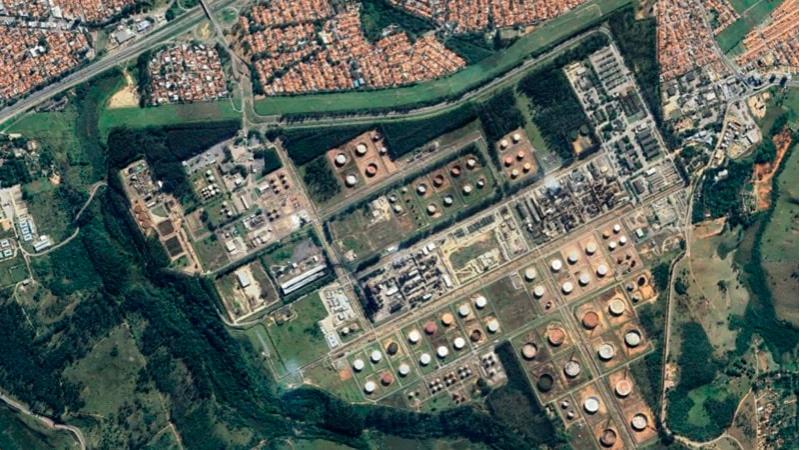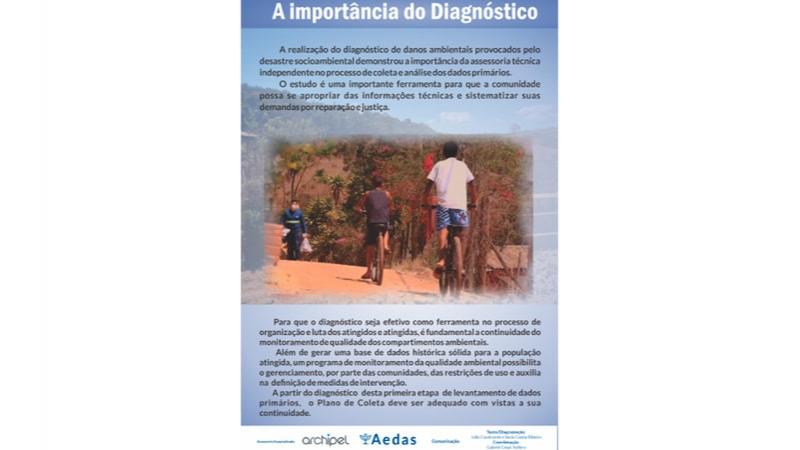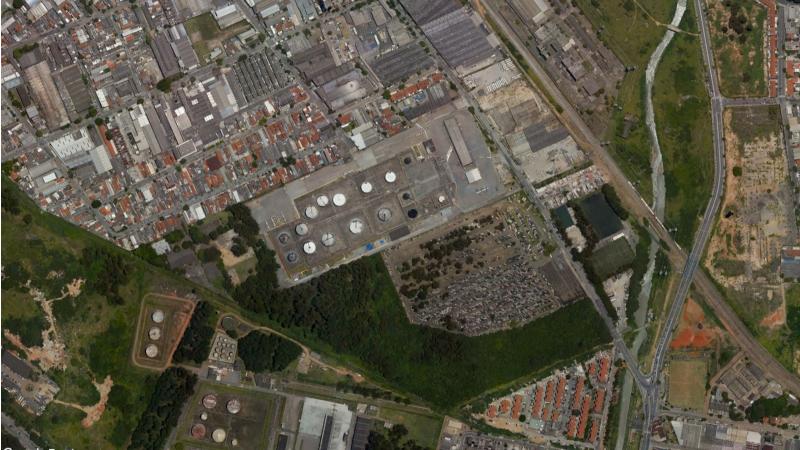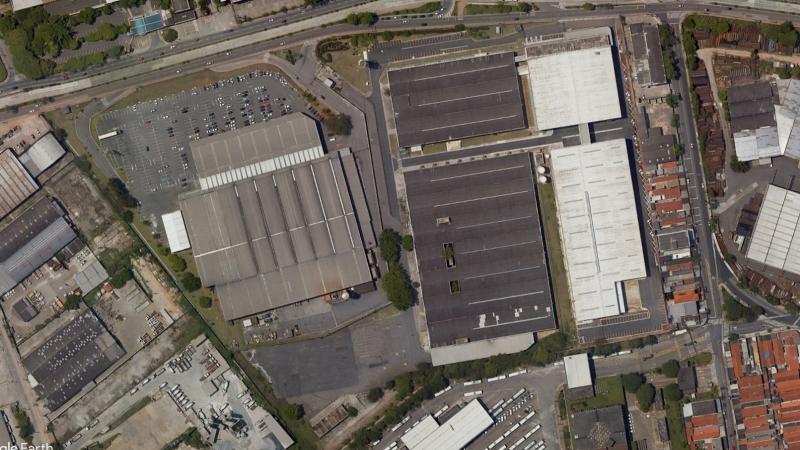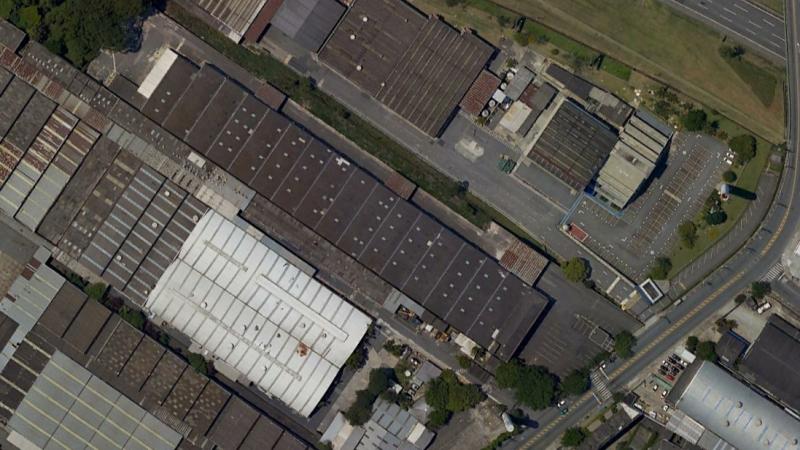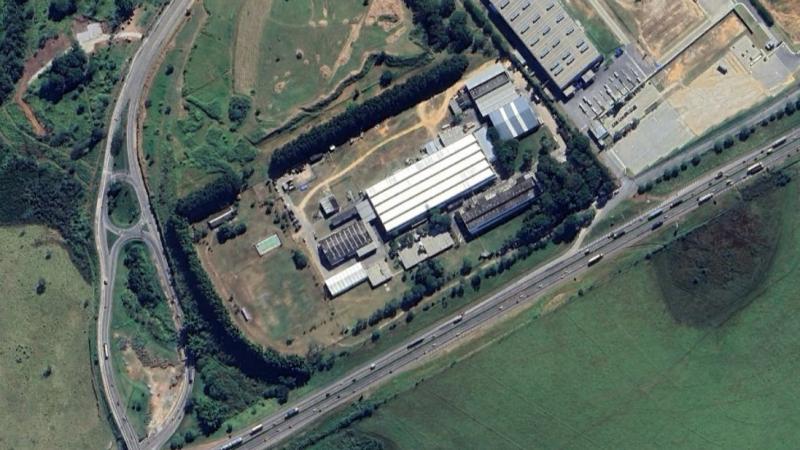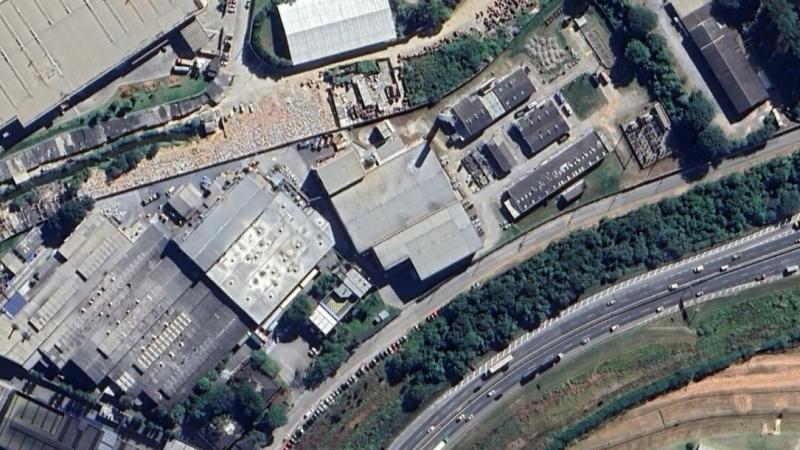ABOUT
The management of a contaminated site involves a set of studies aimed at identifying, characterizing, and implementing intervention measures to promote its redevelopment and enhancement, allowing its safe use in accordance with the region's current land occupation regulation.
The Management of Contaminated Site is based on a strategy constituted by steps carried out sequentially so that the information obtained in each step is the basis for the execution of the subsequent step.
These steps comprise the following studies and activities:
- Preliminary Environmental Assessment – Phase I
- Confirmatory Environmental Investigation – Phase II
- Detailed Environmental Investigation – Phase III
- Human Health Risk Assessment / Ecological Risk Assessment
- Intervention Plan
- Remediation
- Monitoring
- Rehabilitation of the area for declared use (final approval of the environmental agency)
Preliminary Evaluation
It aims to characterize the current and past activities in the evaluated area to identify the characteristics of the source areas and potential sources of contamination, the chemical substances of interest manipulated, and their potential release mechanisms into the environment.
Site Characterization
The environmental investigation stages aim to qualify and quantify the existing contamination in an area. When contamination is confirmed, studies are carried out to determine the concentration distribution of the chemical substances of interest, the three-dimensional delimitation of the contamination plumes, and the quantification of the masses of the contaminants present in the evaluated media, as well as to characterize the potential mechanisms of transport and exposure scenarios to potential recipients.
Risk Assessment
After completing the environmental investigation stages, a human health risk assessment study is developed. In particular cases, depending on the potential receptors reached, an ecotoxicological risk assessment study is also developed. These studies ultimately determine the maximum permissible concentrations of the different chemicals of concern for a given area and allow for the design of optimized, risk-based remediation solutions.
Restoration
The Rehabilitation Process of Contaminated Site aims at achieving the necessary conditions to obtain a Rehabilitation Term for a given Declared Use based on the execution of an Intervention Plan, which may include the adoption of institutional controls, engineering controls, and/or remediation actions, followed by an environmental monitoring program to prove the effectiveness of the measures adopted.
Deactivation of Enterprises
Prior to the decommissioning – total or partial – or the vacating of undertakings where activities potentially generating contaminated areas were carried out and which are subject to environmental licensing, communication must be made to the environmental agency through the presentation of a Deactivation Plan or a Decommissioning Plan.
ARCHIPEL acts strategically in the search for customized solutions, from the preliminary environmental assessment stage to the investigation stages, in the conception, execution and follow-up of the intervention plan based on the risk assessment to human and ecological health, until obtaining the Rehabilitation Term of the contaminated site.
We also act as an independent technical Second Opinion, carrying out a critical analysis of the entire Environmental Management process of a contaminated area, and providing technical support for decision-making with the stakeholders.
PROJECTS

